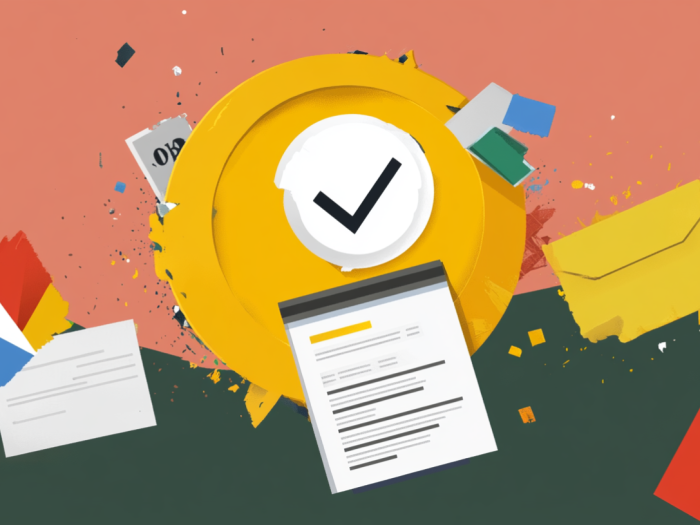Student loan debt can be a significant burden, but many borrowers are unaware of
various forgiveness programs that could offer substantial relief. While well-known
programs like Public Service Loan Forgiveness (PSLF) get a lot of attention, several
lesser-known options can also help borrowers reduce or eliminate their debt. This
article explores some of these student loan forgiveness programs that many people
don’t know about.
Understanding Student Loan Forgiveness
Student loan forgiveness refers to programs that cancel or discharge all or a portion
of a borrower’s student loan debt. These programs are typically offered by the
federal government and are designed to provide relief to borrowers who meet specific
eligibility criteria.
Student Loan Forgiveness Programs You May Not Know
1. Teacher Loan Forgiveness
This program offers forgiveness to teachers who work full-time for five consecutive
years in certain low-income schools.
-
Eligibility: Teachers must have Direct Loans or Federal Stafford
Loans and teach specific subjects (e.g., math, science, special education). -
Forgiveness Amount: Up to $17,500 for highly qualified math,
science, or special education teachers; up to $5,000 for other eligible teachers.
2. Perkins Loan Cancellation
Federal Perkins Loans are eligible for cancellation for borrowers who work in certain
public service jobs.
-
Eligibility: Teachers, nurses, law enforcement officers, firefighters,
and other public service professionals may qualify. -
Forgiveness Amount: Up to 100% of the loan balance over a period of
up to five years.
3. Income-Driven Repayment (IDR) Forgiveness
Income-Driven Repayment (IDR) plans offer forgiveness after a certain number of years
of repayment.
-
Eligibility: Borrowers with eligible federal student loans,
including Direct Loans, may qualify. -
Forgiveness Amount: Varies depending on the specific IDR plan;
typically after 20 or 25 years of qualifying payments.
4. Borrower Defense to Repayment
Borrowers may be eligible for loan forgiveness if their school engaged in certain
misconduct or violated state law.
-
Eligibility: Borrowers who were defrauded by their school or whose
school misled them may qualify. -
Forgiveness Amount: Varies depending on the circumstances of the
claim; may include full loan discharge.
5. Closed School Discharge
If your school closes while you’re enrolled or shortly after you leave, you may be
eligible for loan discharge.
-
Eligibility: Borrowers who were enrolled when the school closed or
who withdrew shortly before it closed may qualify. - Forgiveness Amount: Full loan discharge.
Finding More Information
To learn more about these and other loan forgiveness programs, visit the official
website of the U.S. Department of Education:
- StudentAid.gov
Important Considerations
-
Eligibility Requirements: Each program has specific eligibility
criteria that you must meet. -
Application Process: You typically need to apply for forgiveness and
provide documentation. -
Tax Implications: Some loan forgiveness may be considered taxable
income.
Conclusion
Many student loan borrowers may be eligible for forgiveness programs they are unaware
of. By exploring these options and understanding the eligibility requirements, you
can potentially reduce or eliminate your student loan debt and improve your financial
well-being. Always consult official sources and consider seeking professional advice
to determine your eligibility and navigate the application process.
Related Keywords
Student loan forgiveness, loan forgiveness programs, student debt relief, teacher
loan forgiveness, Perkins loan cancellation, income-driven repayment, borrower
defense, closed school discharge, student aid, student loans.
Frequently Asked Questions (FAQ)
1. What is student loan forgiveness?
Student loan forgiveness refers to programs that cancel or discharge all or a
portion of a borrower’s student loan debt.
2. What is Teacher Loan Forgiveness?
Teacher Loan Forgiveness offers forgiveness to teachers who work full-time
for five consecutive years in certain low-income schools.
3. Who is eligible for Perkins Loan Cancellation?
Borrowers who work in certain public service jobs, such as teachers,
nurses, law enforcement officers, and firefighters, may be eligible.
4. What is Income-Driven Repayment (IDR) Forgiveness?
Income-Driven Repayment (IDR) plans offer forgiveness after a certain
number of years of repayment, typically 20 or 25 years.
5. What is Borrower Defense to Repayment?
Borrower Defense to Repayment allows borrowers to seek loan forgiveness if
their school engaged in certain misconduct or violated state law.
6. What is Closed School Discharge?
Closed School Discharge allows borrowers to have their loans discharged if
their school closes while they’re enrolled or shortly after they leave.
7. Where can I find more information about these programs?
Visit the official website of the U.S. Department of Education:
StudentAid.gov.
8. Are there any eligibility requirements for these programs?
Yes, each program has specific eligibility criteria that borrowers must
meet.
9. Do I need to apply for loan forgiveness?
Yes, you typically need to apply for forgiveness and provide documentation
to demonstrate your eligibility.
10. Is loan forgiveness taxable income?
In some cases, loan forgiveness may be considered taxable income, so it’s
important to understand the tax implications.



